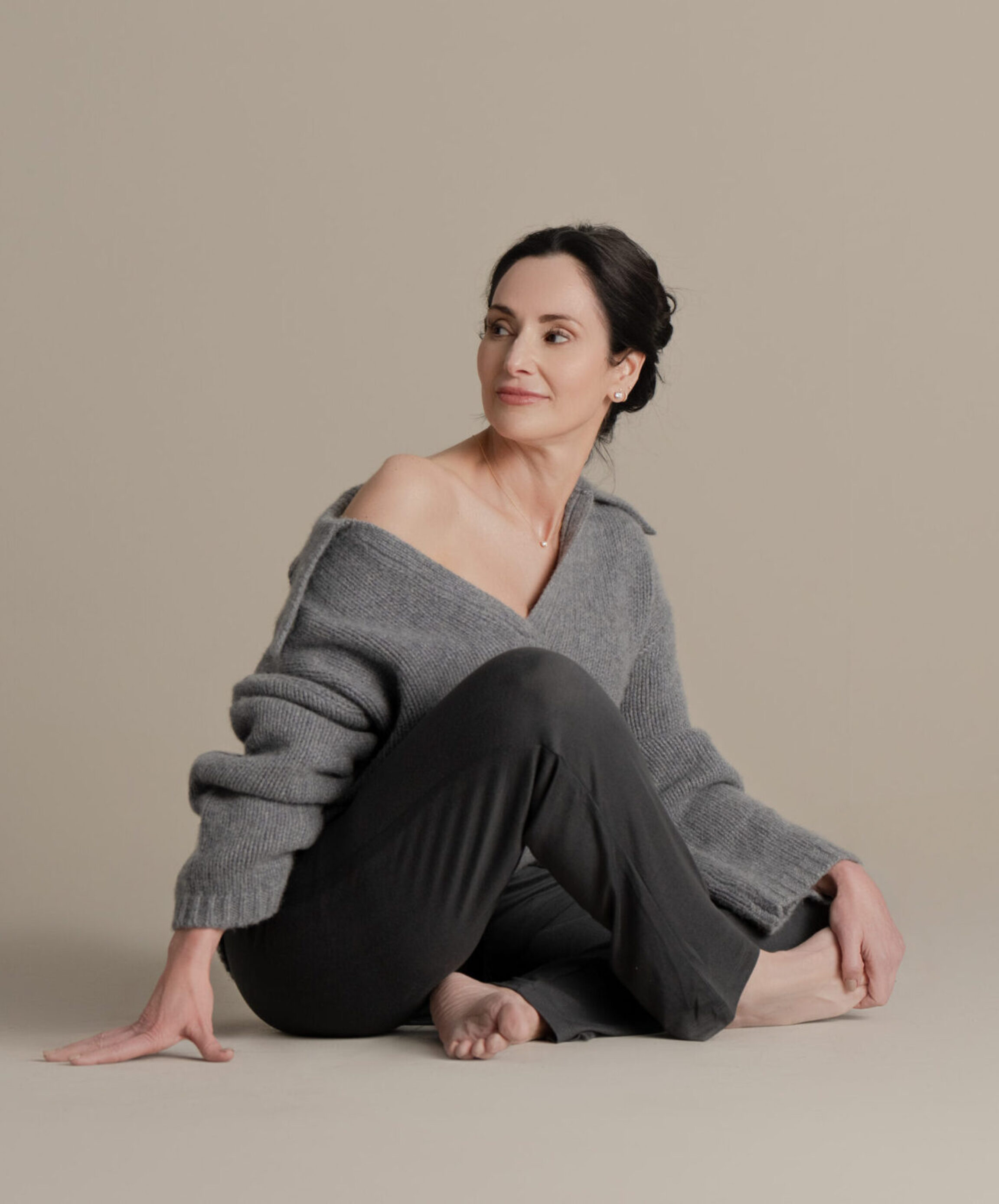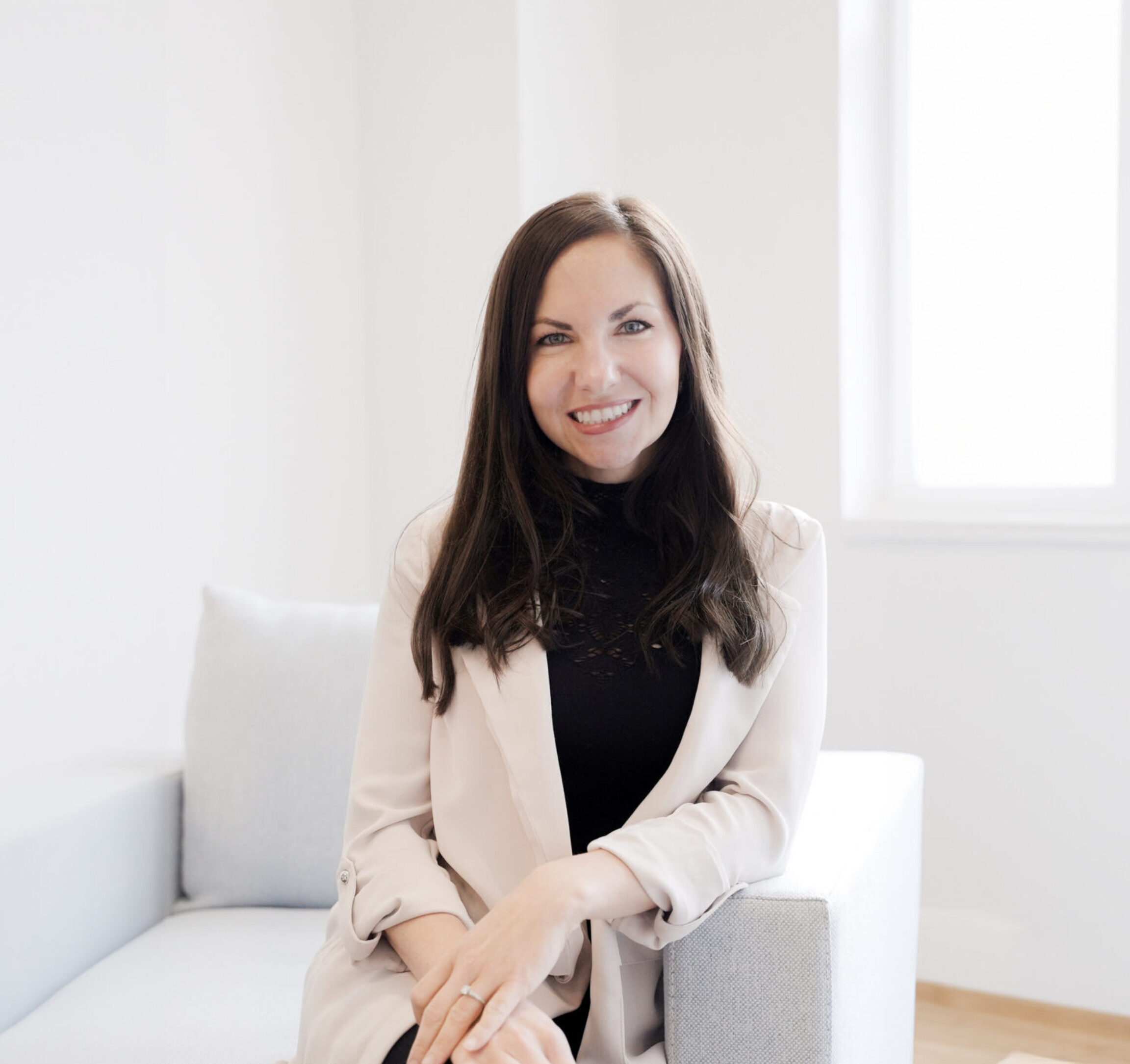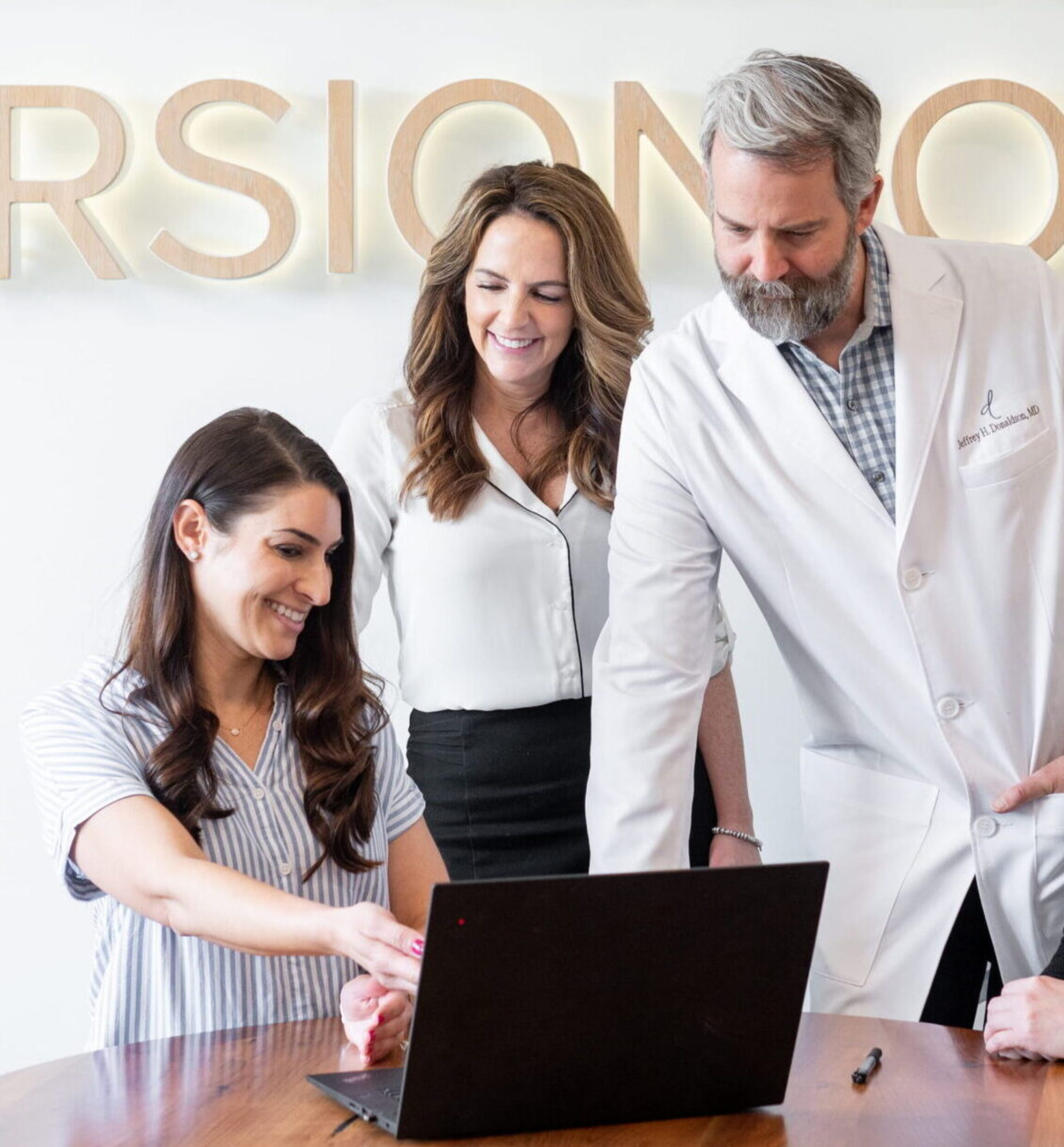Month: October 2013
– Edited interview with Tami Kamin Meyer.
Why was this company started?
A: During my training, I studied successful practices in L.A., New York, Miami and Atlanta. I realized that Columbus needed a highly trained plastic surgeon with a sophisticated, patient-focused, boutique practice that makes people feel at ease. We are attentive, approachable and skilled at delivering results that rival any other in the country.
What was the turning point when you realized you were onto something?
A: Three years ago, my patient coordinator came to me exasperated because so many patients had requested surgery that we had run out of file folders. She used her lunch break to visit Staples so we could accommodate more new patients that afternoon.
Have you had to seek financing as you have grown?
A: We have been very fortunate to not need financing. We share space with another private practice, which has kept overhead in check.
What dangers are in growing too quickly?
A: Growth can dilute the brand if it is not carefully planned. The fundamental principles – in our case, safety, attentiveness, empathy, the doctor-patient relationship – must never be abandoned for the sake of growth. We emphasize that bigger is not necessarily better, but better is better. When the emphasis is on quality, not quantity, growth naturally follows.
Did you know any entrepreneurs growing up?
A: As a child and young adult, I counted physicians and business owners among my mentors. I admired the doctoring profession – particularly the surgical skill set – and at the same time I was enamored with the innovation and measurable accomplishments inherent to business ownership. I am lucky to have found both as a plastic surgeon.
What’s your recession lesson?
A: Keep the overhead low. In the short term, it is easier to manage costs than to increase revenue.
Related Articles

Read More about "Donaldson Plastic Surgery Receives Inc. 5000 Ranking for 6th Straight Year"
Donaldson Plastic Surgery Receives Inc. 5000 Ranking for 6th Straight Year
Join us as we celebrate our highest ranking so far in Inc. Magazine's fastest-growing small businesses in the United States!
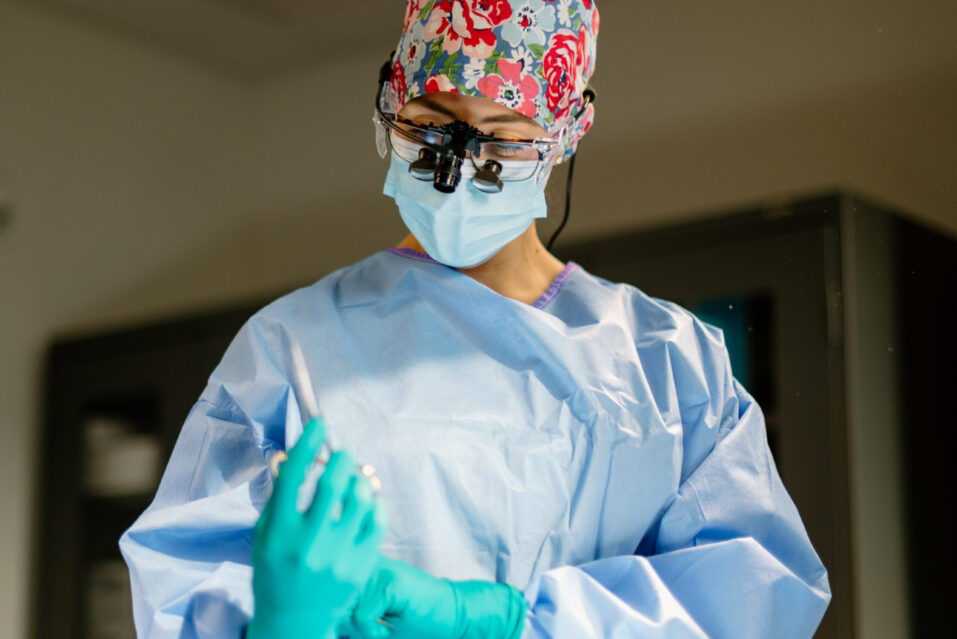
Read More about "General Anesthesia Vs. MAC "
General Anesthesia Vs. MAC
Both General Anesthesia and MAC Anesthesia are considered very safe. Each has its own benefits, side effects and situations when it is most effective.

Read More about "Donaldson Plastic Surgery Lands On The Inc. 5000 List for 5th Straight Year"
Donaldson Plastic Surgery Lands On The Inc. 5000 List for 5th Straight Year
Donaldson Plastic Surgery has been placed on the Inc. 5000 list of fastest-growing businesses for the 5th straight year. Thanks to this outstanding growth, we have reached our highest ranking to date.
Graduate High School
Congrats! I hope you were the valedictorian, because you’re going to need a great GPA and stellar SAT / ACT score to get into a good university pre-med program. Don’t forget those extracurriculars because deans love well-rounded kids!
Off to College
Taking the pre-med route or majoring in a hard science is a great idea, but isn’t necessary as long as you complete your med school pre-reqs. And remember, grades are more important than parties! The average GPA of those accepted to med school in 2012 was 3.68. Extracurriculars show your dedication, so try to volunteer or work in a hospital for at least a year.
Application Time
Before you can apply to medical school, you have to take the MCAT. The average MCAT score of those accepted to med school in 2012 was 31.2. Get recommendation letters from former professors and your superiors at any relevant jobs. In 2012, 43.11% of med school applicants were accepted.
Welcome to Medical School!
Congratulations, you made it this far! Good grades are vital to getting into a respectable residency program. Internships and residency have extremely limited allotments, so it’s important to excel in your studies.
Ace the USMLE
You must pass the United States Medical Licensing Examination in order to practice in the U.S., so study hard! Steps 1, 2 CK and 2 CS are taken during medical school. You’ll take Step 3 after you’ve earned your MD. Step 1 is widely considered the hardest part of the exam, and while 94% of first time takers pass, those who have to retake Step 1 only have a 64% pass rate.
Become a Resident
After med school, you should apply to a residency program. You can choose the independent pathway, which includes completing a surgical residency before moving onto a plastic surgery residency or fellowship, or the integrated pathway, which combines general surgery and plastic surgery in a six-year program. There are very few plastic surgery programs, so it’s one of the most competitive residencies.
Do a Fellowship
Many residents choose to further their education with fellowships after completing their residencies. A future plastic surgeon may choose to sub-specialize in cosmetic surgery, hand surgery, craniofacial surgery, microsurgery, burn reconstruction or breast reconstruction. These highly competitive fellowships typically take one year to complete.
Join the Workforce
You can now practice as a cosmetic surgeon! Medical school loans can reach upwards of $250,000 and repayment begins after residency, so many new surgeons choose to join the workforce directly after completing their residencies.
Become Board-Certified
You’ll need to pass the American Board of Plastic Surgery Certification Test to earn the title of Plastic Surgeon. There are two parts to the exam. In 2012, the pass rate for the written exam was 86.6%, while the pass rate for the oral exam was 77.8%.
Good Luck!
About The Author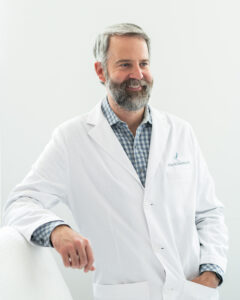
Jeffrey Donaldson, MD is a board-certified plastic surgeon in Columbus, Ohio. He strives to educate aspiring plastic surgeons everywhere to pursue their dream of helping others feel more confident in their own bodies. When he isn’t in the operating room or talking one-on-one with patients, Dr. Donaldson is mentoring rising surgeons or discussing the most advanced surgical techniques with his professional colleagues.
Related Articles

Read More about "Can I Have Surgery If I’m Sick?"
Can I Have Surgery If I’m Sick?
Not feeling well, but have a surgical date scheduled? We highlight the symptoms that may lead to your surgery being rescheduled until you are back at full strength.

Read More about "Labiaplasty Under Local Anesthesia"
Labiaplasty Under Local Anesthesia
Thanks to advances in surgical techniques & local anesthesia, labiaplasty can be performed to the same degree of excellence within the comfort of a private medical practice.
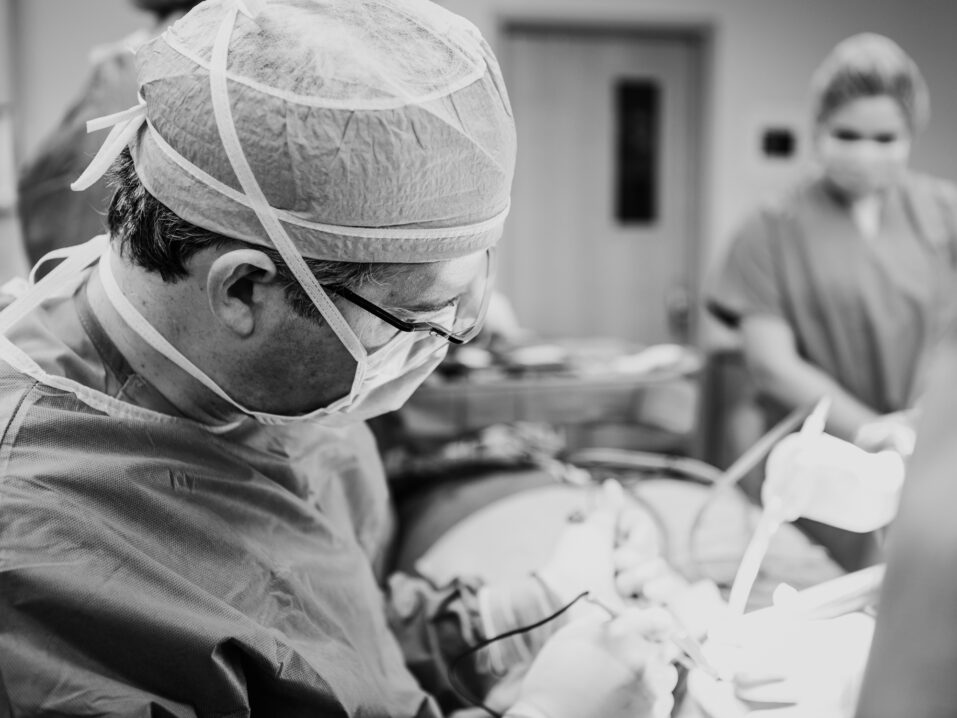
Read More about "What Happens During Liposuction? "
What Happens During Liposuction?
Liposuction is the most sought-after body contouring procedure. We invite you to take a closer look at the process from inside the operating room.







